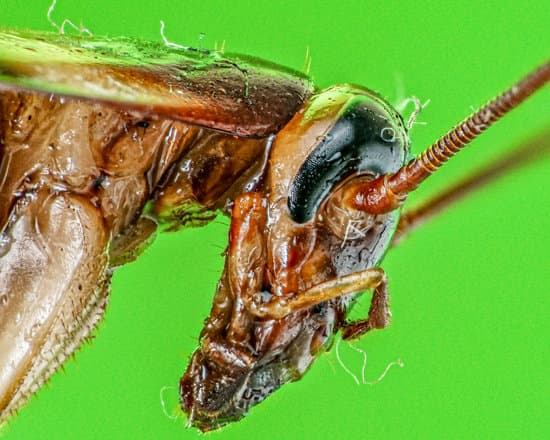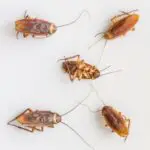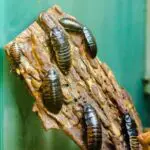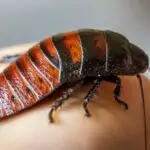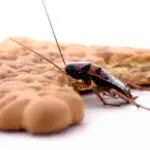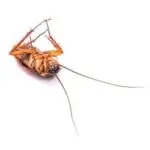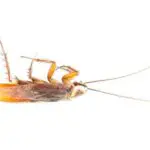How Do Hissing Cockroaches Affect the Environment?
Hissing cockroaches are native to the rain forests of Madagascar, a large island off the east coast of Africa. They live on the forest floor, in rotten logs, and near riverbanks, and forage for decaying fruit. They are also known as detritivores, which means that they take nutrients from decaying vegetation and return them to the environment through their feces. These roaches are beneficial because they serve as a source of food for larger animals and other critters. They are not a pest and prefer the clean shadows of the forest instead of human dwellings.
Hissing cockroaches are known to recycle large amounts of decaying matter, and they are also part of the natural nutrient cycle in Malagasy forests. These forests are important for timber, water quality, and other natural products. Because they are so common, they are essential for the health of Madagascar’s rainforests.
Hissing cockroaches are social creatures. They form groups and fight to protect their territory. Their prothorax is dark and rounded, and a male cockroach will have a pronounced prothorax with two horn-like bumps. Female cockroaches lack horns, and they have slender, smooth antennae.
Hissing cockroaches are not harmful to humans, but they do have their own problems that must be taken care of. Cockroaches should be kept in an area where they won’t be exposed to chemicals or other materials. The cage should also be clean and free of debris.
